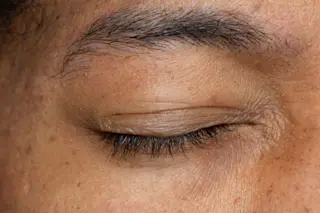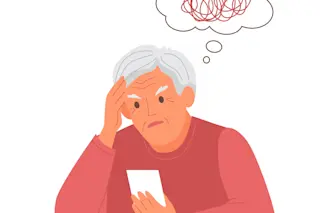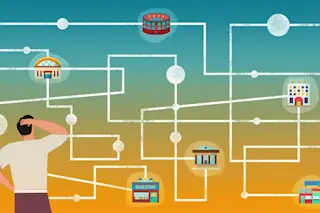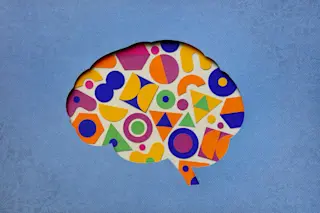Why does being bad feel so good? Pride, envy, greed, wrath, lust, gluttony, and sloth: It might sound like just one more episode of The Real Housewives of New Jersey, but this enduring formulation of the worst of human failures has inspired great art for thousands of years. In the 14th century Dante depicted ghoulish evildoers suffering for eternity in his masterpiece, The Divine Comedy. Medieval muralists put the fear of God into churchgoers with lurid scenarios of demons and devils. More recently George Balanchine choreographed their dance.
Today these transgressions are inspiring great science, too. New research is explaining where these behaviors come from and helping us understand why we continue to engage in them—and often celebrate them—even as we declare them to be evil. Techniques such as functional magnetic resonance imaging (fMRI), which highlights metabolically active areas of the brain, now allow neuroscientists to probe the biology behind ...













